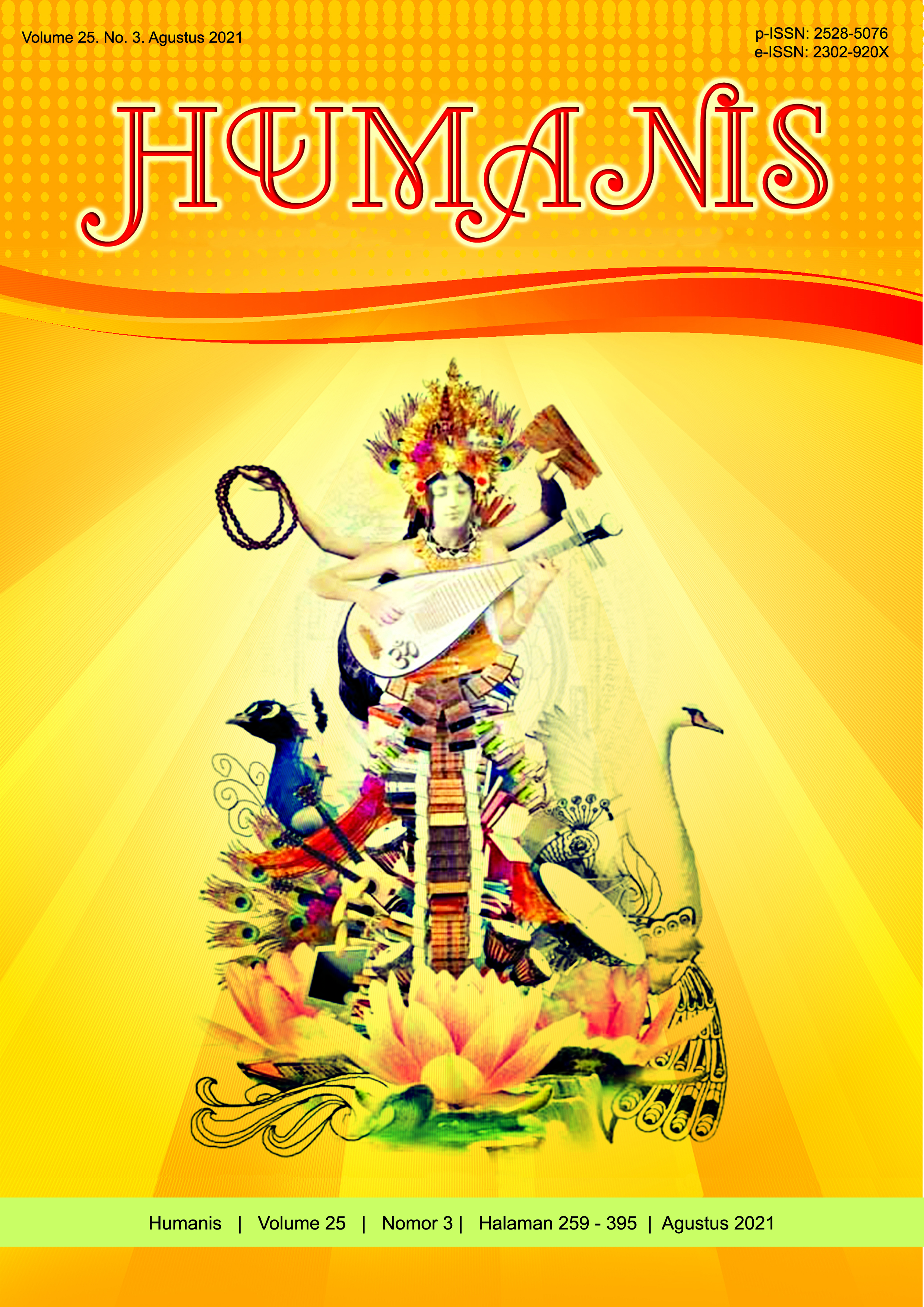Semiotic Analysis of Mentos Advertisement
Abstract
This study aims at analyzing the myth within the "Who Says No to Mentos" advertisement. The data of this study was taken from Mentos NG on the YouTube platform. The data were collected by documentation method with note-taking technique and analyzed by the qualitative method using the theory of Semiotic by Barthes (1972). The analysis is presented in an informal method. The results of this study show that both verbal and non-verbal signs have implied meaning to persuade and influence the audiences through visual illustration. The meaning comes from the relation between signifier and signified. This has determined that the "Who Says No to Mentos" advertisement concerned with sharing, caring, togetherness, happiness, and making friends with people in real life.
Downloads
References
Barthes, Roland. (1967). Element of Semiology. New York: Hill and Wang.
Barthes, R. (1972). Mythologies Books by Roland Barthes.
Dyer, G. (2009). General Editor : John Fiske Advertising as Communication.
Barthes, Roland. (2004). Mitologi. Yogyakarta: Kreasi Wacana
Barthes, Roland. (2007). Petualangan Semiologi. Yogyakarta: Pustaka Pelajar
Cahyadiarta, I Ketut; Suwastini, Ni Komang Arie; Agustini, Dewa Ayu Eka. (2017). An Analysis of the Myth of Convenience on Three Traveloka Advertisements. Jurnal Pendidikan Bahasa Inggris Undiksha, Vol. 5, No 2. Retrieved 10th January 2021.
Dyer, G. (2009). General Editor : John Fiske Advertising As Communication.
Dyer, Gillian. (1982). Advertising as Communication. London and New York: Routledge.
Foley, William. (1997). Anthropological Linguistics: An Introduction (Language in Society). Oxford: Blackwell.
Gay, L.R. Airasian Peter. (2000). Educational Research: Competencies for Analysis and Application. London: Merill Publishing.
Janoschka, Anja. (2004). Web Advertising: New Forms of Communication on the Internet Pragmatics and Beyond New Series. Amsterdam: John Benjamins Publishing Company.
McCracken, G. (1993). The value of the brand: An anthropological perspective. In D. Aaker & A. L. Biel (Eds.), Brand Equity in advertising: Advertising's role in building strong brands. Matwah, NJ: Lawrence Erlbaum.
Mentos NG (2016). Who Says No to Mentos? [Video]. Retrieved on 21st September 2020, from https://www.youtube.com/watch?v=Vrh1kW9PJ38
Saussure, Ferdinand de. (1983). Course in General Linguistics. Chicago: Open Court.
Suwitra, I Made; Suarjana, Nyoman. (2018). Public Health Service Advertisement (PHSA); Semiotic Analysis. Jurnal Semiotika, Vol. 12, No 1. Retrieved 10th January 2021.


















